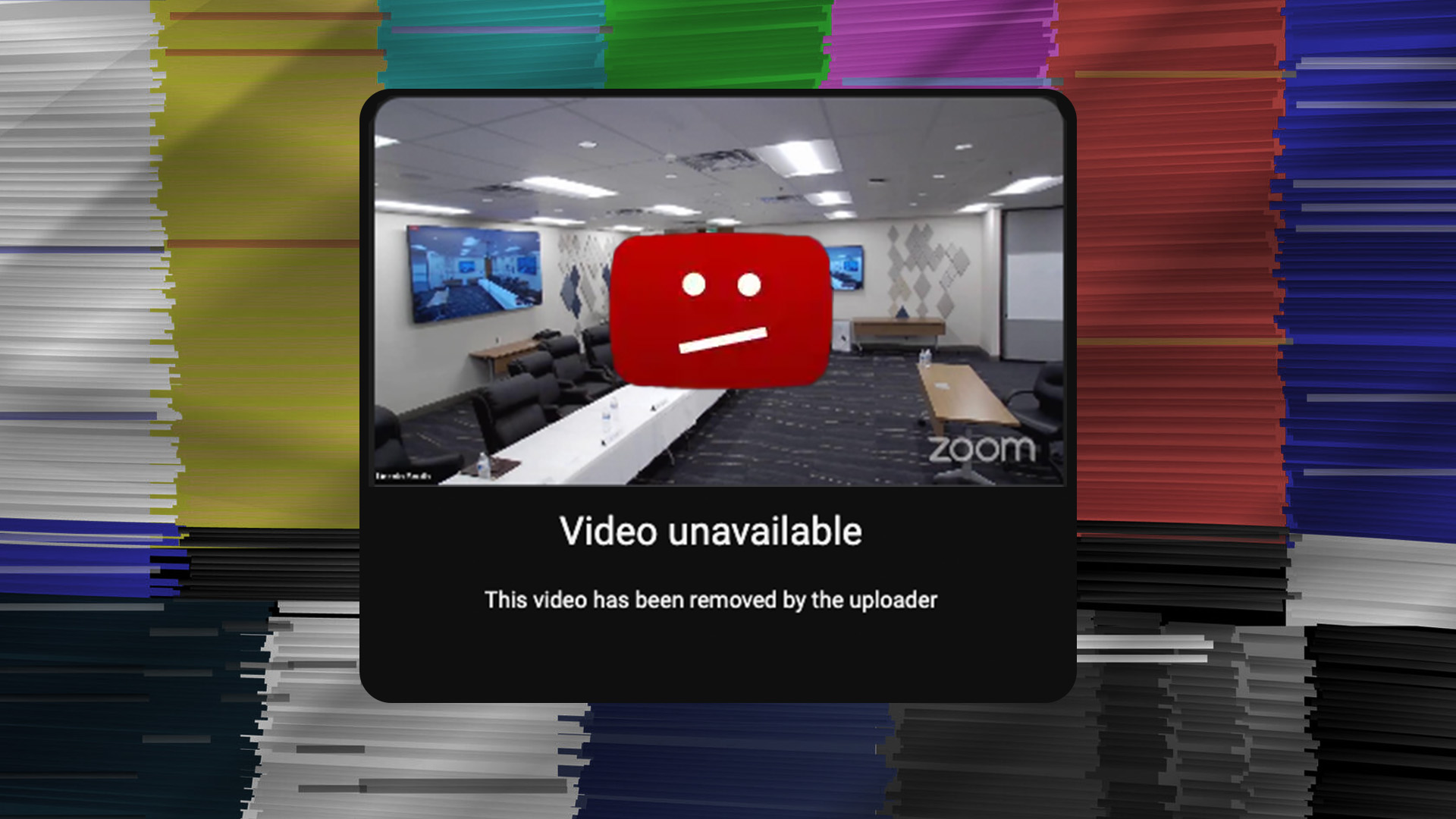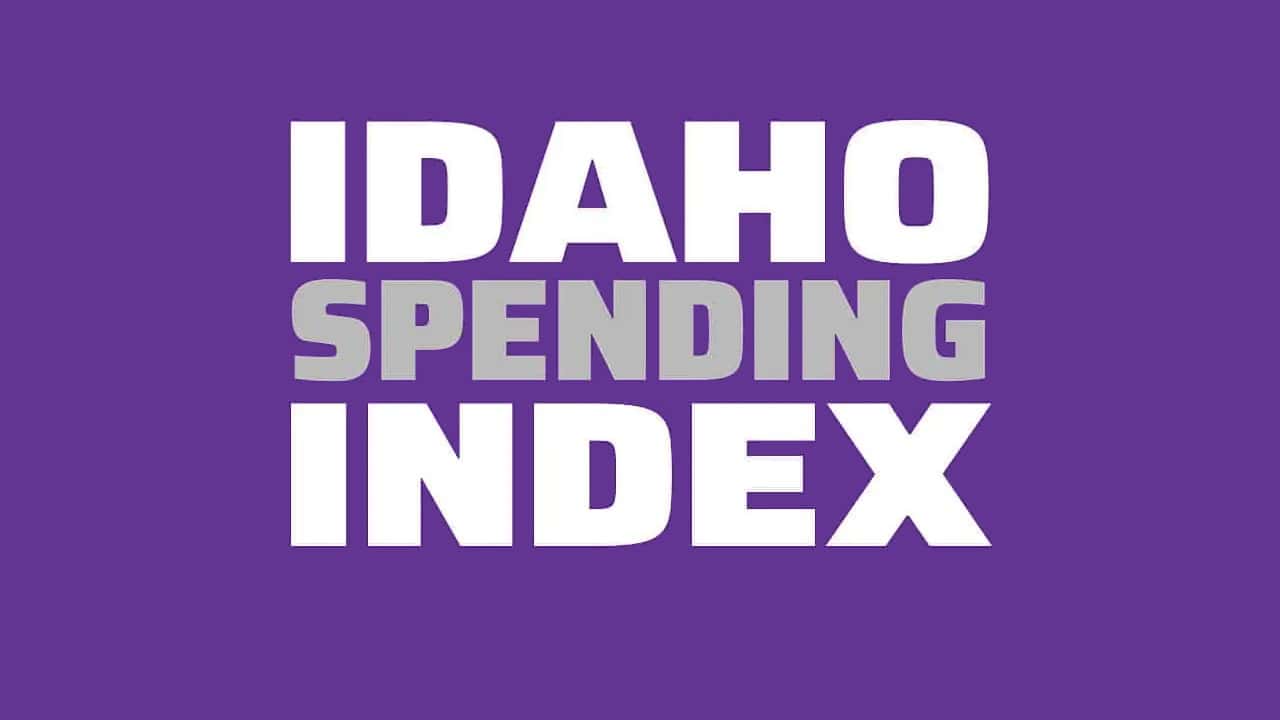


The Idaho Spending Index serves to provide a fiscally conservative perspective on state budgeting while providing an unbiased measurement of how Idaho lawmakers apply these values to their voting behavior on appropriations bills. Each bill is analyzed within the context of the metrics below. They receive one (+1) point for each metric that is satisfied by freedom-focused policymaking and lose one (-1) point for each instance in which the inverse is true. The sum of these points composes the score for the bill.
Rating: (-4)
Bill Description: House Bill 444 is an enhancement of $6,806,000 and 3.00 new full-time positions for the Department of Lands for fiscal year 2026. This legislation appropriates a total of $82,411,900 and 335.60 full-time positions to the agency.
Does this budget incur any wasteful spending among discretionary funds, including new line items? Conversely, does this budget contain any provisions that serve to reduce spending where possible (i.e. base reductions, debt reconciliation, etc.)?
There are about two dozen line items in this budget, totalling almost $7 million in new spending. Some of the most concerning line items, due to their wasteful nature, include the one-time firefighter bonuses, the satellite fire detection and mapping system, and the statewide security upgrades.
A fire detection and mapping system of $150,000 is a duplicative expenditure. House Bill 444 already appropriates $458,000 in new fire detection cameras. The agency notes this request is for one-time spending to evaluate if the system made a difference in its fire suppression efforts, but agencies typically use occasions such as this as an opportunity to build the case for ongoing spending rather than to evaluate an existing system. Rather than seek funding for both fire detection systems, it would be more prudent to select just one for investments and upgrades.
This bill appropriates $1.25 million from the General Fund for recruitment and retention bonuses for firefighters. This request was not requested by the agency, but added by the governor’s office. There was no indication of how these funds would be allocated, suggesting that they are a blanket increase. This is wasteful because these funds are simply being allocated to the staff without regard to merit. This is the second consecutive year the Legislature considered such a request.
(-1)
Is the continuation or growth in ongoing spending, if any, inappropriate for the changes in circumstances, scope of the agency, or current economic environment? Conversely, is the continuation or growth in ongoing spending appropriate given any change in circumstances or economic pressures?
This legislation funds ongoing spending for the Department of Lands at over $75 million, growing from the base by over 17.0% in the last three years. This rate is faster than what would be prescribed by inflationary pressures and growth.
Because of the accelerated growth in this budget the last three years, a truly fiscally responsible enhancement budget for FY2026 would reverse the growth with a negative appropriation — a reduction to the base budget.
(-1)
Does this budget perpetuate or expand state dependence on federal dollars, thereby violating principles of federalism? Conversely, does this budget actively reduce the amount of federal dollars used to balance this budget?
The Department of Lands receives more than $12.3 million to support just over 15% of its total budget for the 2026 fiscal year. Nearly all of these federal funds come from various grants to support the department’s operations.
(-1)
Does the budget grow government through the addition of new permanent FTPs or through funding unlegislated efforts to create new or expanded entitlement programs? Conversely, does this budget reduce the size of government staff and programs except where compelled by new legislation?
This legislation appropriates a combined $577,100 to support three new full-time positions. All three are program managers that operate the Emergency Support, Aviation, and Statewide Forest Assessment programs. These new positions are a permanent expansion in the size of the agency and associated ongoing costs.
(-1)

